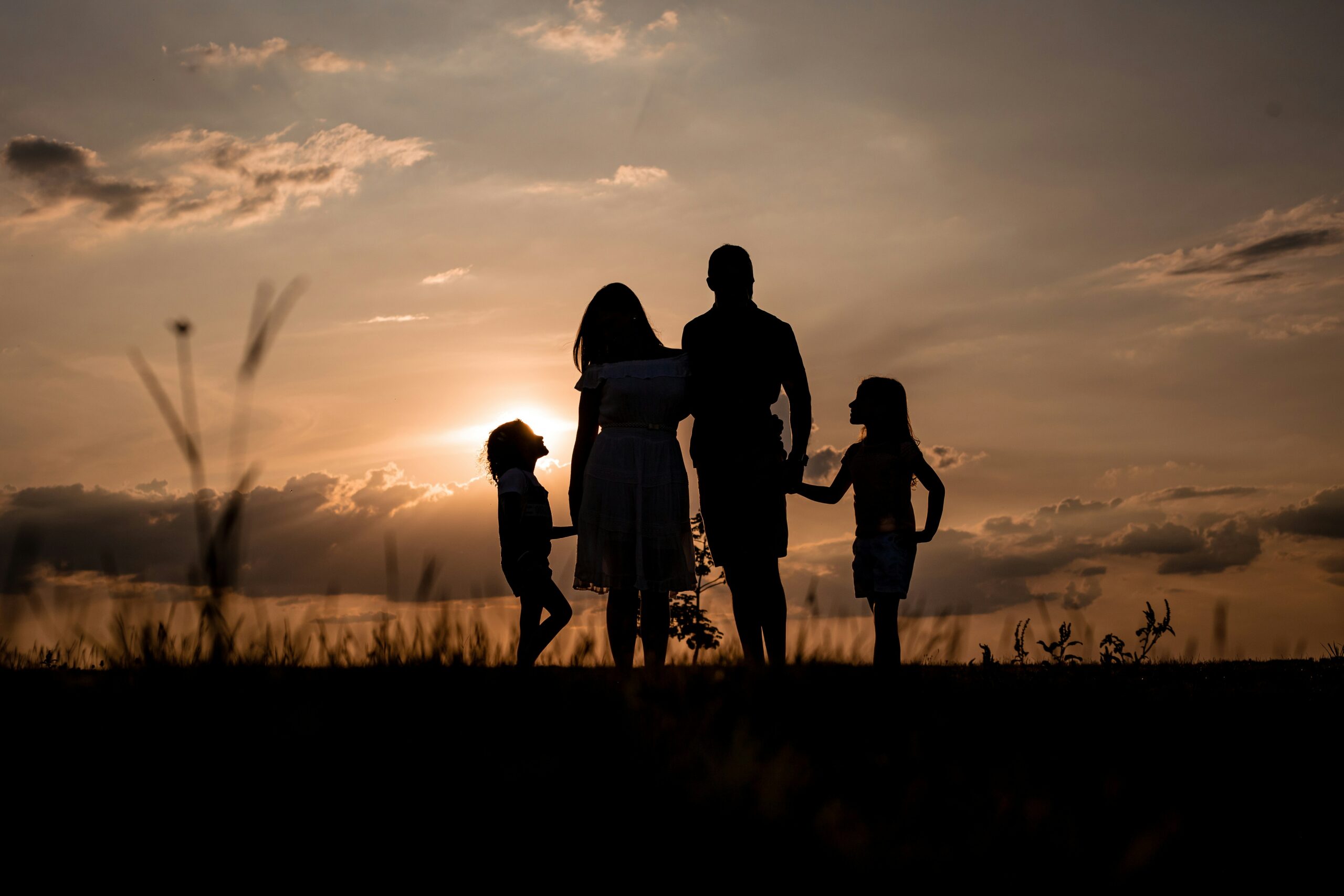Gender roles have been part of human societies for centuries, shaping how people behave, what they do, and how they see themselves and others. These roles—traditionally assigning specific tasks, traits, and expectations to men and women—are deeply rooted in cultural norms, religion, history, and even media. But as our world changes rapidly, so do our perceptions of gender. This article explores the concept of gender roles, where they come from, how they impact our daily lives, and why rethinking them is essential in today’s society.
What Are Gender Roles?
Gender roles refer to the social expectations placed on individuals based on their perceived sex. These roles tell us how men and women should act, dress, speak, and engage with others. For example, men are often expected to be strong, logical, and career-oriented, while women are expected to be caring, emotional, and focused on family life.
While some people naturally fit into these roles, others find them limiting and even harmful. The reality is, gender is not a strict binary, and not everyone experiences their identity in the same way. That’s why the conversation around gender roles is more relevant than ever.
Where Do These Roles Come From?
Historically, gender roles were shaped by survival needs. In hunter-gatherer societies, physical strength was necessary for hunting, which became associated with men. Women, who were often the primary caregivers, took on roles related to nurturing and managing the home. These divisions eventually turned into rigid expectations.
Religions and cultural traditions reinforced these roles for centuries, often teaching that men are the “leaders” of the household or that women should be submissive and quiet. In many cases, these roles were justified as natural or biological.
But science now tells us that gender roles are not hardwired. While biology plays a role in some differences, the vast majority of gender-related behaviors are learned and socially constructed. That means they can change—and they are.
The Influence of Media and Education
From early childhood, boys and girls are taught to behave differently. Toys, books, and cartoons often promote stereotypical messages—trucks and action figures for boys; dolls and makeup kits for girls. These small signals add up, shaping how children understand what it means to be male or female.
Media also plays a huge role. Movies, TV shows, music videos, and advertisements often reinforce traditional gender roles. Even when women are portrayed as strong or independent, they’re often still judged based on their looks or their relationships to men. Men, on the other hand, are often expected to be emotionally distant, aggressive, or career-focused.
Education can either challenge or reinforce these roles. Teachers and school systems that promote equal opportunities and diversity help students break free from outdated expectations. But when schools encourage traditional roles—like pushing boys toward science and girls toward caregiving careers—they limit students’ potential.
How Gender Roles Affect Society
Gender roles don’t just affect individuals; they shape entire societies. When people are forced into roles they don’t choose, it leads to stress, mental health issues, and social inequality. For example:
Workplace Inequality: Women are still underrepresented in leadership roles and are often paid less than men for the same work. Men, on the other hand, are discouraged from entering caregiving professions or taking paternity leave.
Mental Health: Men are often told not to cry or express emotions, which can lead to bottled-up feelings and higher rates of suicide. Women may feel pressure to always appear kind and agreeable, even when it harms their well-being.
Family Dynamics: Traditional gender roles can create unbalanced relationships, where one partner carries more emotional or financial burdens than the other.
LGBTQ+ Discrimination: People who don’t fit traditional gender norms—like non-binary individuals or transgender people—often face social rejection or discrimination.
The Shift Toward Gender Equality
Thankfully, the world is changing. Movements like feminism, LGBTQ+ advocacy, and gender equality campaigns are challenging the status quo. More people are speaking out against rigid gender norms and embracing fluidity, diversity, and personal choice.
Young people today are more likely to reject stereotypes and redefine what it means to be masculine or feminine. Social media has created a space for open discussions, where people share their experiences and educate others.
Workplaces are also becoming more inclusive. Many companies now offer parental leave for all genders, promote equal pay, and support diversity training. Schools are beginning to teach gender studies and promote inclusive policies for students of all identities.
What Can We Do?
If we want to create a more equal and accepting society, we must actively work to break down harmful gender roles. Here are some ways to start:
- Educate Yourself and Others: Read books, watch documentaries, and follow creators who talk about gender equality.
- Challenge Stereotypes: When you see or hear a gender stereotype, question it. Encourage others to do the same.
- Support Equality in the Workplace: Advocate for fair hiring practices, equal pay, and inclusive policies.
- Raise Children Without Limits: Allow kids to explore their interests without gender-based restrictions. Let boys cry and girls lead.
- Listen to Diverse Voices: Amplify the stories of people from different gender identities and experiences.
Gender roles have shaped our world for a long time, but they don’t have to define our future. By understanding where these roles come from and how they affect our lives, we can choose a new path—one that values people for who they are, not who they’re expected to be.
Whether you identify as male, female, non-binary, or somewhere in between, you deserve the freedom to live authentically. Let’s keep questioning, learning, and growing. The world becomes a better place when we make space for everyone to be seen, heard, and respected.





Bir yanıt yazın